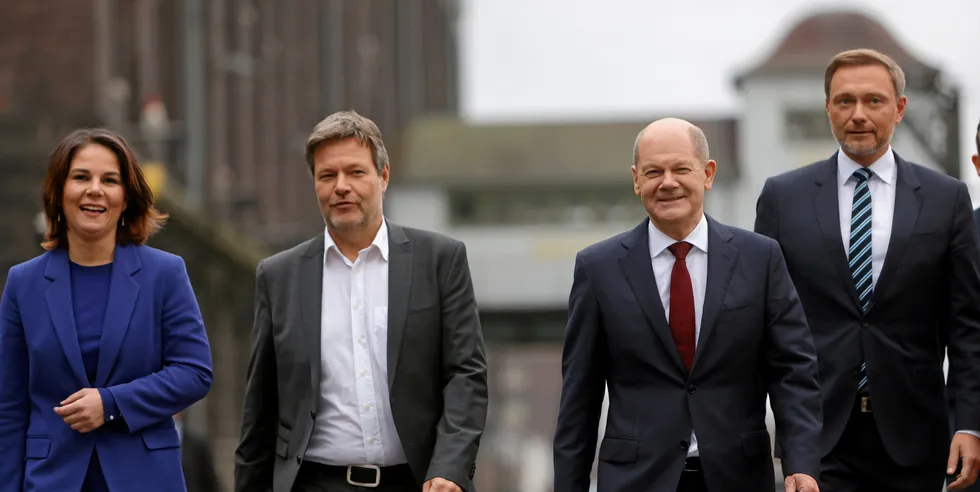New German government plans 70GW offshore wind target under massive renewables boost
Olaf Scholz set to be new Chancellor once rank and file of Social Democrats, Greens and Free Democrats approve coalition treaty that foresees huge clean energy expansion
